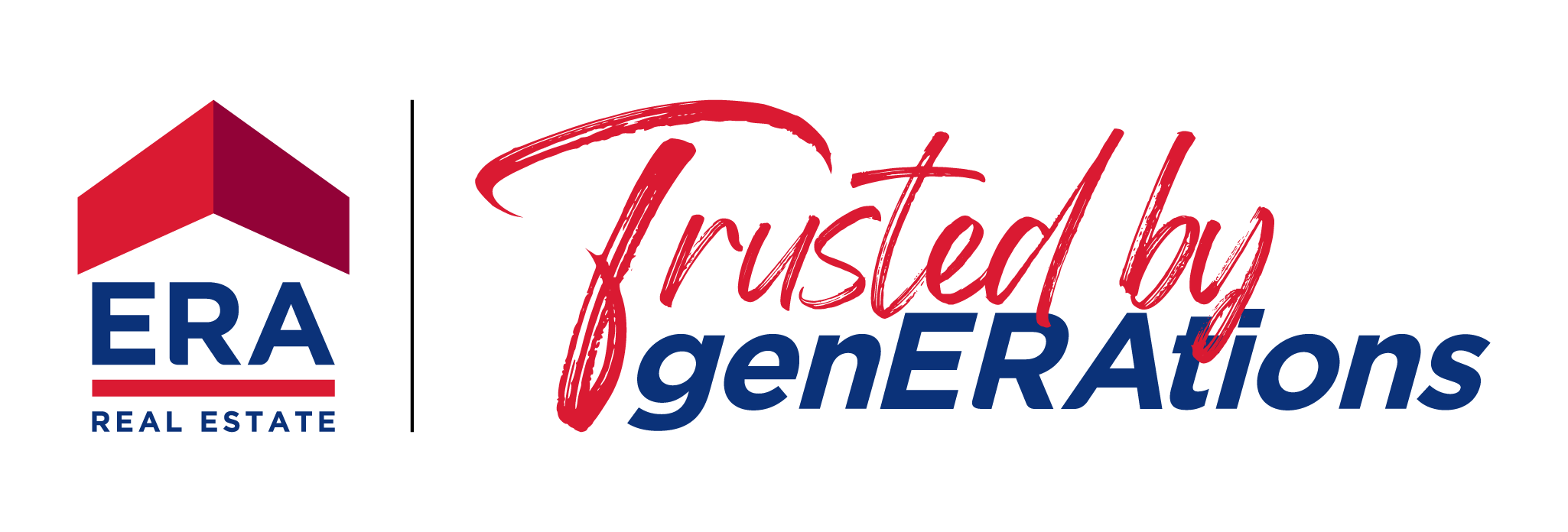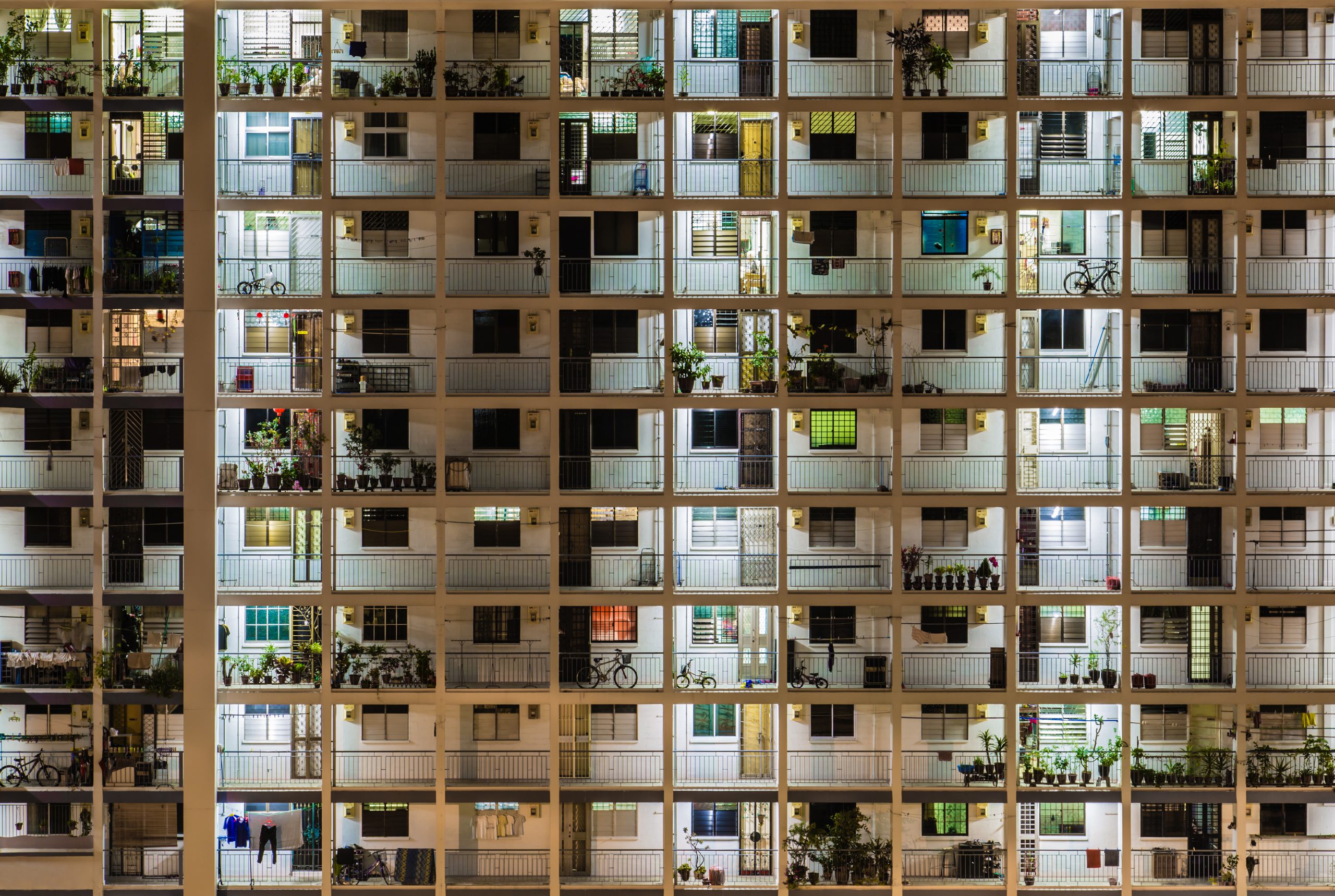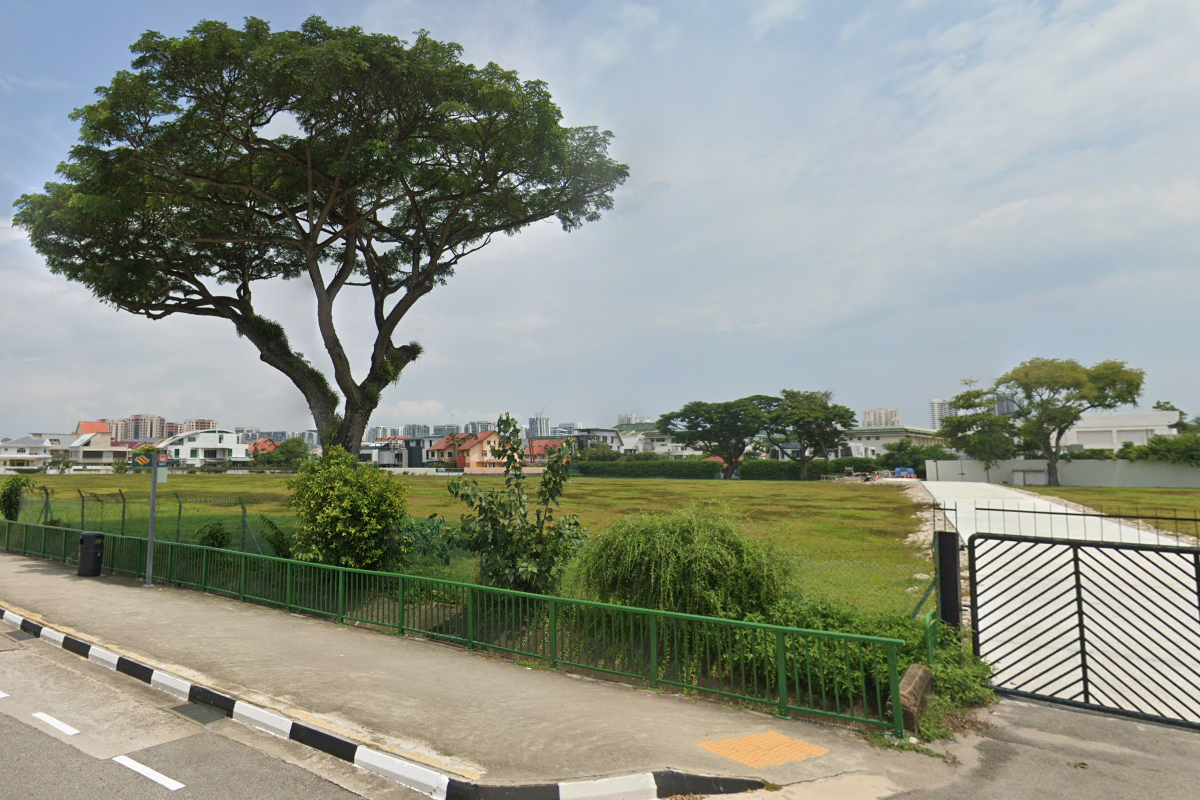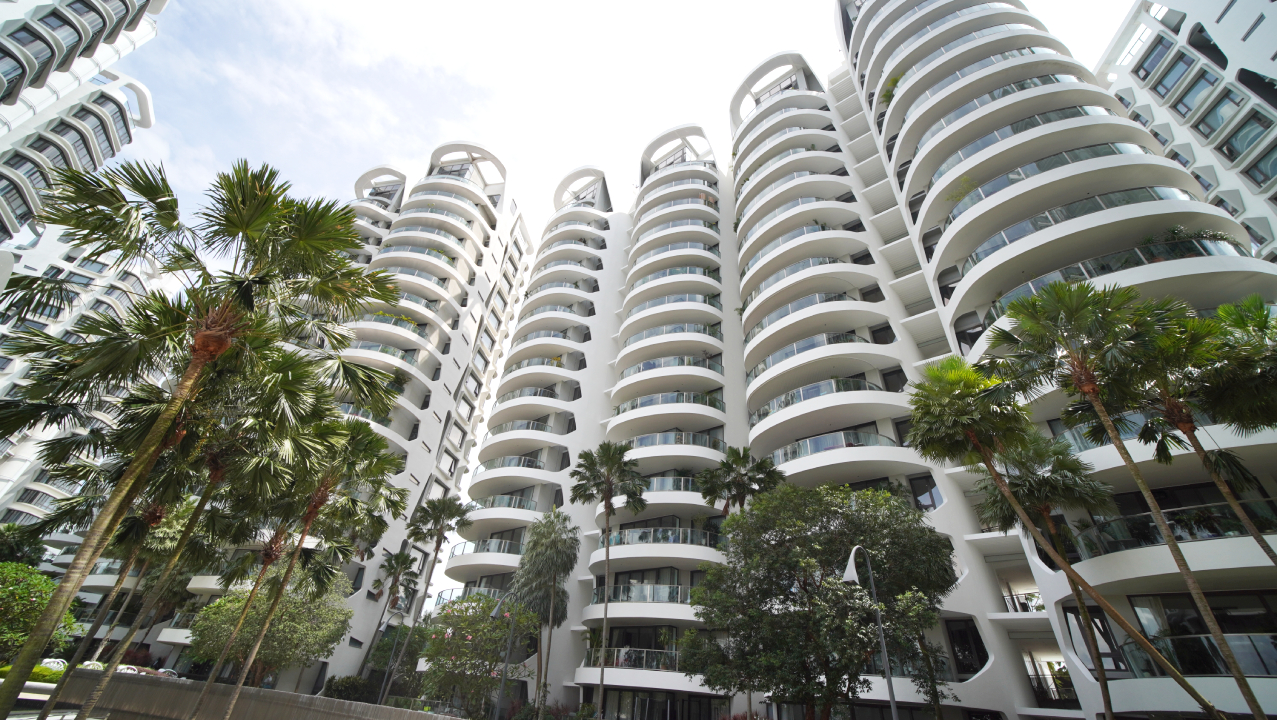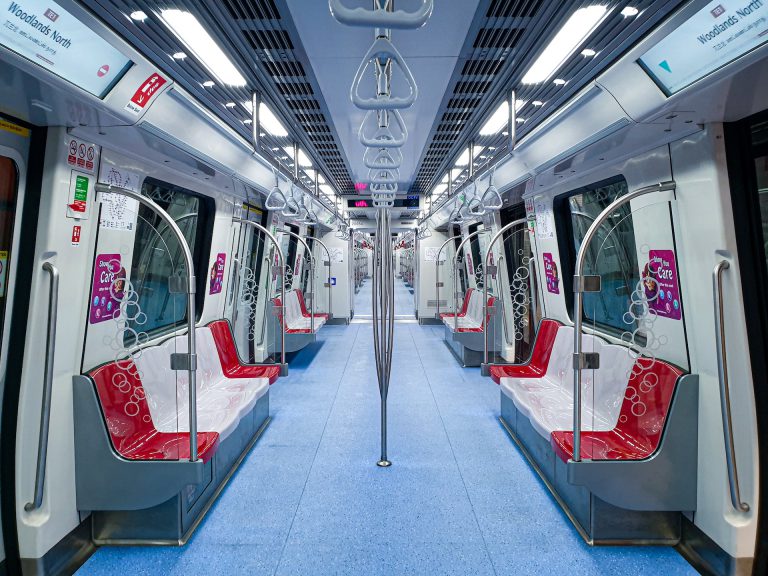The Hidden Costs of Buying an Older Flat
- By Wong Shanting
- 4 mins read
- HDB
- 26 Sep 2024
Older flats, once considered less desirable due to their age, have gradually become more prominent in the resale market. If you are thinking of buying one, beware of hidden costs like maintenance and repairs that could catch you by surprise.
In recent years, we’ve witnessed an interesting shift in the HDB resale market in recent years—an increasing number of homeowners are turning their attention to older flats, specifically those that are at least 40 years old.
Rising Proportion of Older Flats Resold
One look at HDB resale transactions from 2021 will show a significant uptick in older flats resold. In the 1H 2021, 2,266 older flats were transacted, a figure that has since surged to 3,150 units in 1H 2024. In 3Q 2024, 1,817 older flats were transacted.
Proportionally, older flats made up about 17% of resale transactions in 2021. However, this proportion has since rose to 22.8% in 1H 2024, and 24.7% in 3Q 2024.
Chart 1: HDB Flats Resold by Age

Source: data.gov.sg as at 26 Sept 2024, ERA Research and Market Intelligence
Older Flats Are Commonly Found in Popular HDB Towns
The majority of older flats are predominantly found in HDB towns established since the 1970s. Consequently, it’s not surprising to see towns such as Bedok, Ang Mo Kio, Toa Payoh, Bukit Merah, Jurong West, and Kallang/Whampoa reporting some of the highest volumes of older flats being resold. On top of which, many of these mentioned towns are heartlands favoured by Singaporeans.
These towns often have town centres which feature established amenities. Additionally, they often benefit from existing infrastructure such as MRT stations or bus networks. The culmination of these conveniences makes these estates attractive to homebuyers of all age groups and demographics.
Table 1: Towns With At Least 300 Older Flats Resold In the First Nine Months of 2024

Source: data.gov.sg as at 26 Sept 2024, ERA Research and Market Intelligence
A Growing Number of Older Flats
As of 2024, Singapore has approximately 335,000 older flats that are 3-room and larger. Considering the total of 1.13 million HDB flats today, these older flats account for roughly a third of this figure.
But by 2030, the number of older flats is projected to increase to 502,000 units, making up a whopping 40% of the overall HDB flat inventory!
The number of older flats is expected to rise further over the long term. Even the government has previously cautioned home buyers in 2017, not to assume that all old HDB flats will be automatically eligible for the Selective En bloc Redevelopment Scheme (SERS).
SERS is an exercise where old HDBs are acquired by the government and redeveloped to make better land use in modern land-scarce Singapore.
Following strict valuation principles, older flats should be priced more affordably with their shorter lease. This makes economic sense, and can benefit buyers who do not need the full 99-year lease. But this may not be the case for the Singapore’s buoyant housing market.
Older Flats May Not Necessarily Translate to Cheaper Homes, but Can Be Considerably More Affordable Compared to Newer Flats within the same Town
The price disparity between newer and older flats varies across towns. However, if you’re determined to stay in a particular town and have a smaller budget, older flats may be your best option.

By studying HDB transactions in 1H 2024, we can see the wide price disparity between older and newer flats in each township. Popular towns in the city fringe such as in Toa Payoh and the Central Area saw newer 4-room flats being resold at nearly double the price of older flats.
Conversely, towns such as Yishun and Hougang measured a narrower price gap between newer and older flats.
Table 2: Median Price of Flats Sold in Jan – Sep 2024

Source: data.gov.sg as at 26 Sep 2024, ERA Research and Market Intelligence *Only towns with transactions for both older and newer flats in Jan-Sep 2024 were included.
Who Are Buying These Older Flats?
The buyers of older flats come from diverse backgrounds, but they share a common reason for purchasing their older flats. And that is to buy an affordable home in their preferred heartland.
But if we were to further break them down by housing needs, we observe five key buyer profiles in the market:
- Younger Buyers Staying Close to Parents: Many younger buyers are opting for older flats in established estates to stay close to their parents, to care for their elderly parents and to take advantage of the support systems.
- Familiarity and Comfort: Some younger buyers, having grown up in these estates, are familiar with the area valuing the sense of community and continuity.
- Right-Sizing Older Buyers: Older homeowners looking to downsize often choose to stay within the same neighbourhoods, where they have established roots and are familiar with the amenities.
- Amenities Appreciation: Buyers are drawn to the well-developed amenities available in older, more established estates, which often surpass those in newer neighbourhoods.
- Spaciousness: Older flats are known for their larger floor areas compared to newer developments, a feature that many buyers appreciate, especially in a work-from-home era.
Here Are Some Important Aspects of Older Flats to Consider
Shorter Physical Lease
Assuming older flats are at least 40 years old, they could offer owners up to another 59 years of residency. The shorter remaining lease may be a concern for young families, especially if they plan to stay long-term and their flat’s lease runs out.
And if one hopes to strike the jackpot with SERS, the odds could be slim as the government is unlikely to put all older homes under SERS.
Mortgage
Unless you are planning to pay for your flat in full, most Singaporeans will require a mortgage loan and the use of their CPF funds. But to leverage on that, the remaining lease of the flat and the age of the buyers will be critical considerations.
In the case when the remaining lease of the flat can cover the youngest buyer to the 95 years, these buyers will typically be allowed:
- To withdraw their CPF funds to the valuation limit if the remaining lease is more than 20 years,
- And granted a Loan-to-Value (LTV) limit 90% and loan tenure of 25 years or shorter.
But the complexity arises if remaining lease of the flat is unable to cover the youngest buyer to the 95 years. Under such scenarios, the valuation, LTV limit and loan tenure will be pro-rated accordingly.
That said, other factors such as your credit rating, outstanding debt (car, education loans) that can affect the mortgage terms. Therefore, it is important to check in with your bankers for clarity!
Physical state of the flat could require extensive renovation
As these older flats were developed a long time ago, they tend to show signs of their age, or are fitted with older fixtures. Money might have to be spent to upkeep the flat and refresh it with modern features.

Of course, you could go for a newly renovated older flat – but they often come at a premium due to the renovation costs incurred by their previous owners.
Less conducive environment
Apart from the interior of the flat, buyers may have overlooked the environment which is essential to a pleasant living experience
For instance, the facades of older flats are subject to prolonged weather influences and are difficult to maintain. Next, designs of older flats are dated, so it is common to see things like narrower corridors or even slower lifts could also pose as daily challenges to residents.

As newcomers, new homeowners are expected to be more accommodating to their neighbours, who are likely long-term residents. And because of that, these long-term residents may feel entitled to extend their storage spaces into the common areas, resulting in clutter and encroaching to another neighbours’ space. In extreme cases, these could become fire hazards.
So, What’s Next for Older Flats?
Looking ahead, the demand for older flats is likely to remain strong, particularly among buyers on a tighter budget and who prioritise larger living spaces, better amenities, and central locations.
While such flats are alluring, homebuyers will need to exercise due diligence in buying flats with shorter leases, ensuring that they have sufficient lease to cover their housing needs.
Additionally, buyers should be aware of the hidden costs associated with the deteriorating physical condition of the flats and the less-than-conducive environment, both of which are crucial to ensuring a pleasant living experience.
That said, it is unreasonable to expect all the older flats to undergo SERS, and therefore we can expect more older flats to be put up for sale in the market. The growing number of older flats being resold will likely lead to a more diverse resale market, but it also underscores the importance of for buyers to make informed decisions when purchasing these properties.
Disclaimer
This information is provided solely on a goodwill basis and does not relieve parties of their responsibility to verify the information from the relevant sources and/or seek appropriate advice from relevant professionals such as valuers, financial advisers, bankers and lawyers. For avoidance of doubt, ERA Realty Network and its salesperson accepts no responsibility for the accuracy, reliability and/or completeness of the information provided. Copyright in this publication is owned by ERA and this publication may not be reproduced or transmitted in any form or by any means, in whole or in part, without prior written approval.
